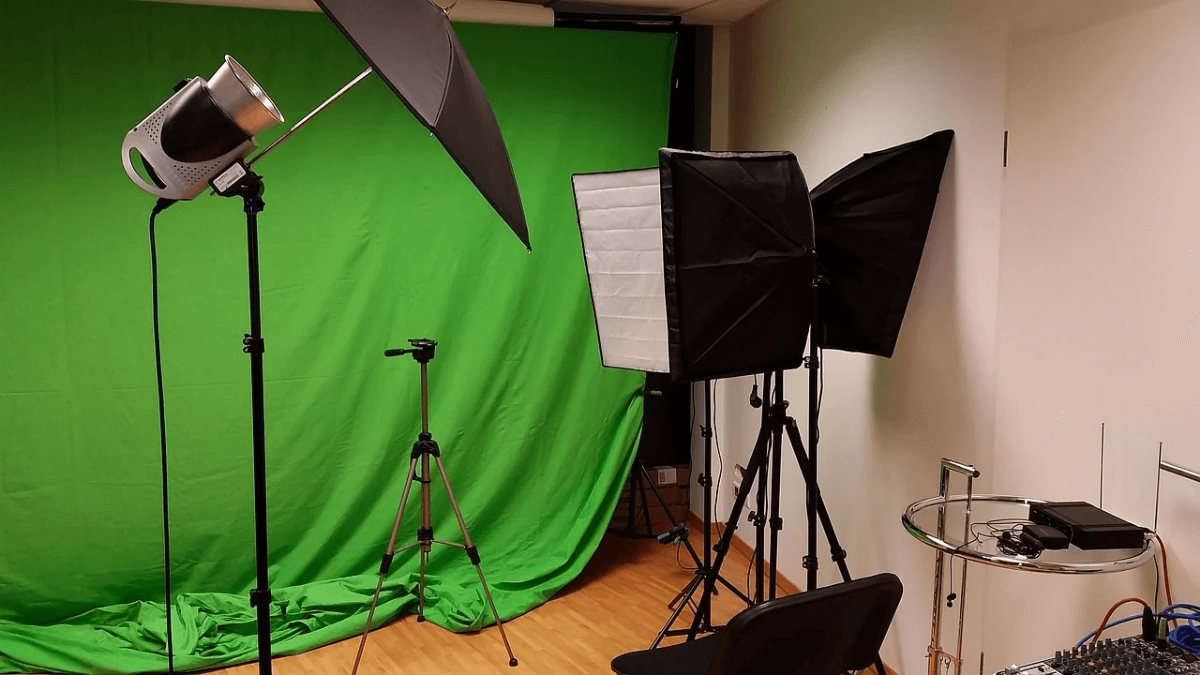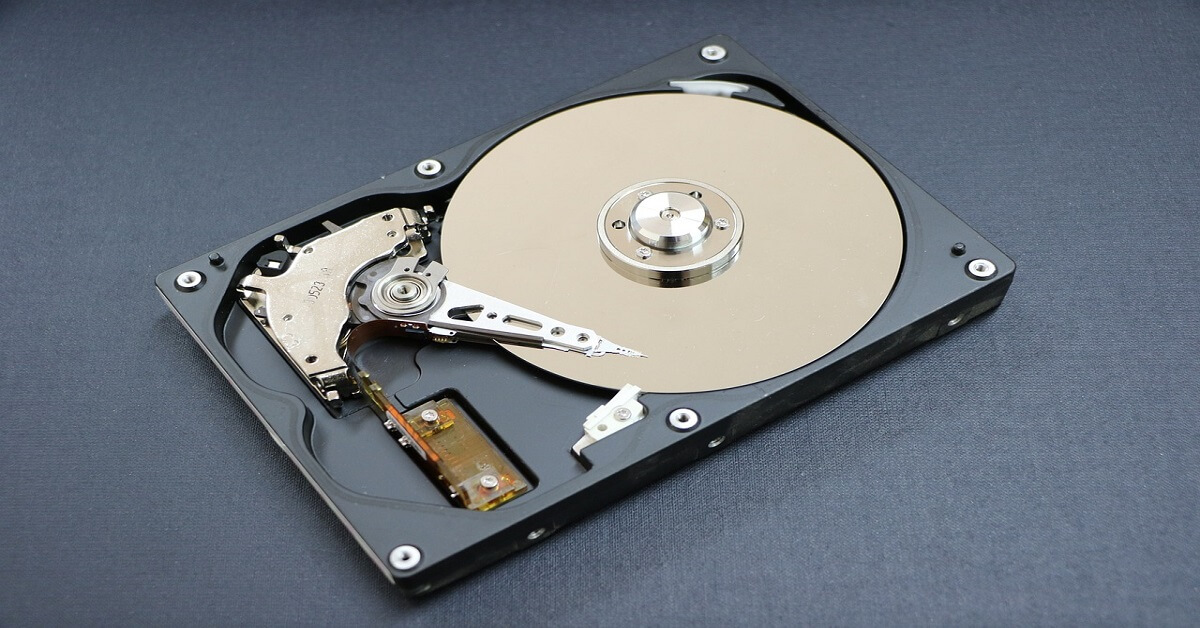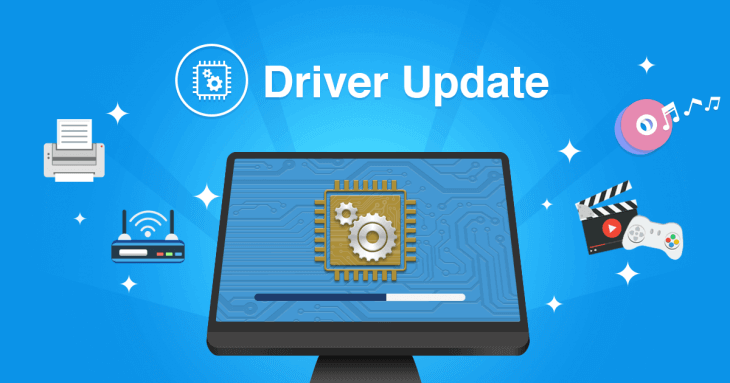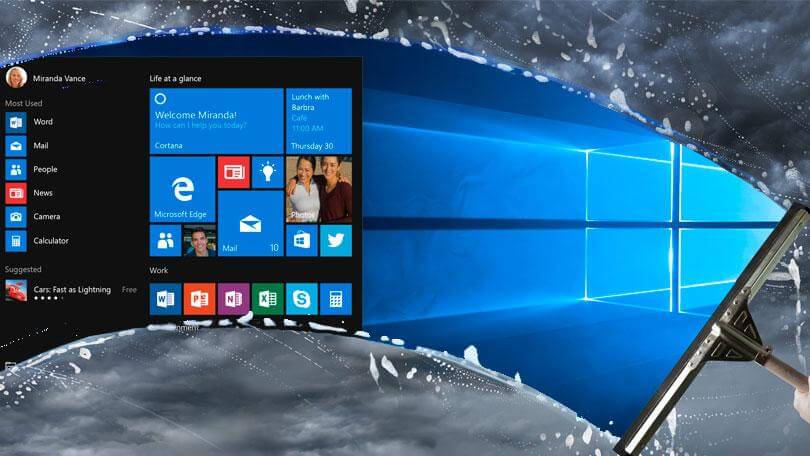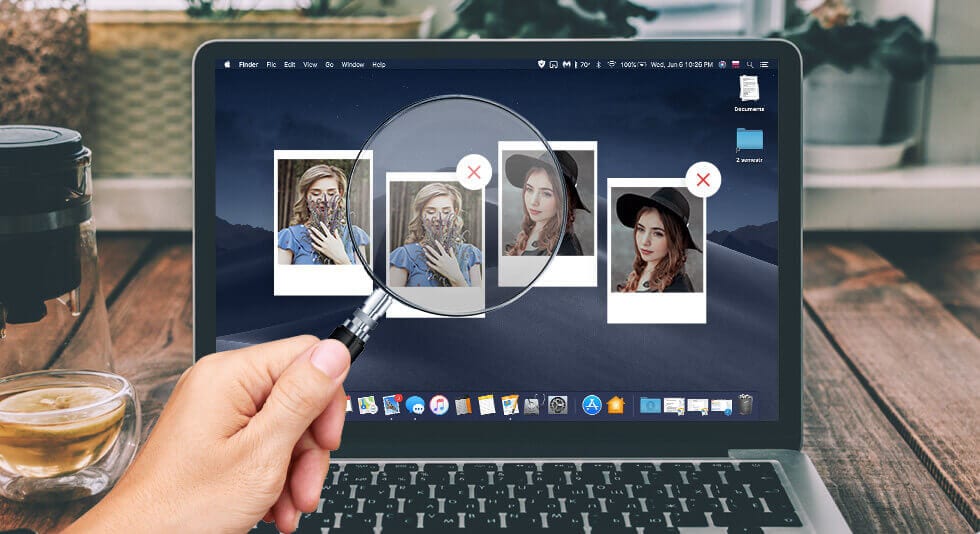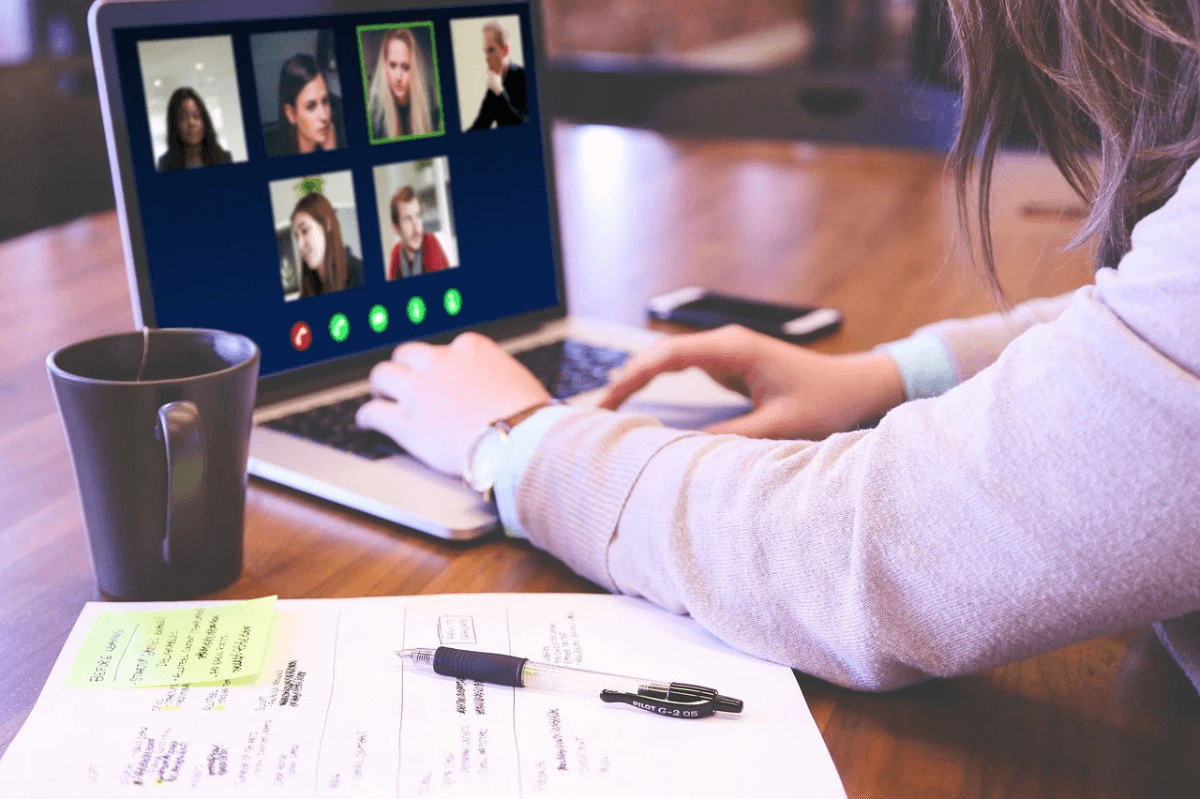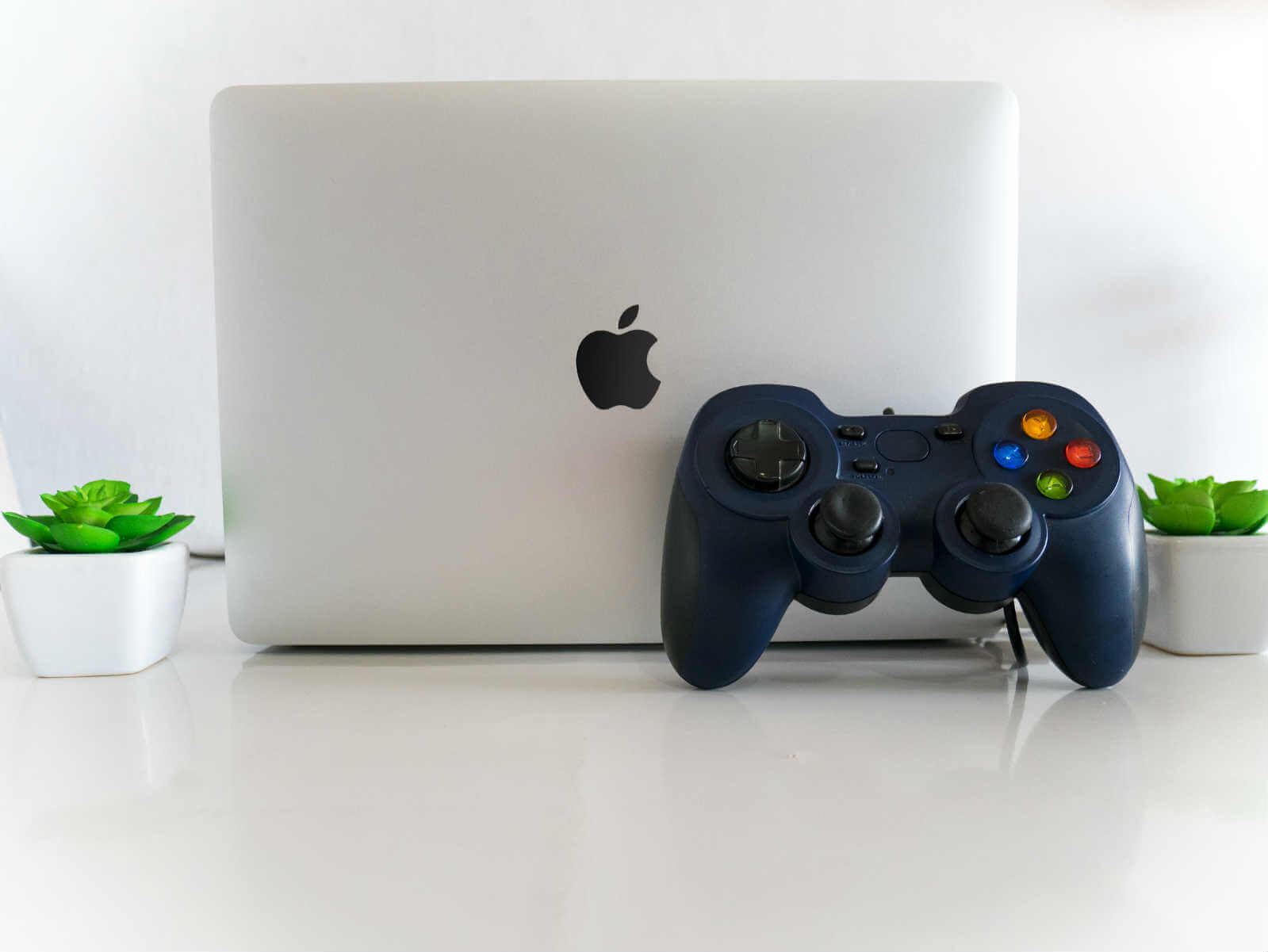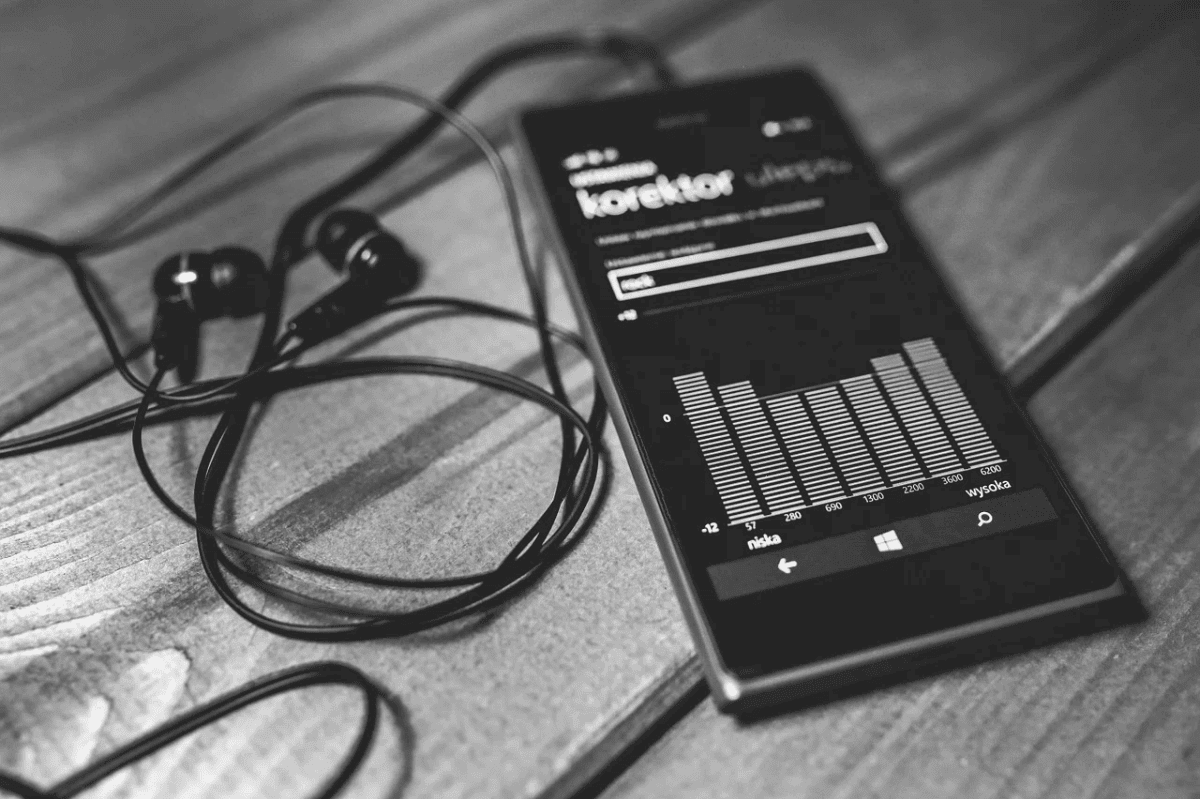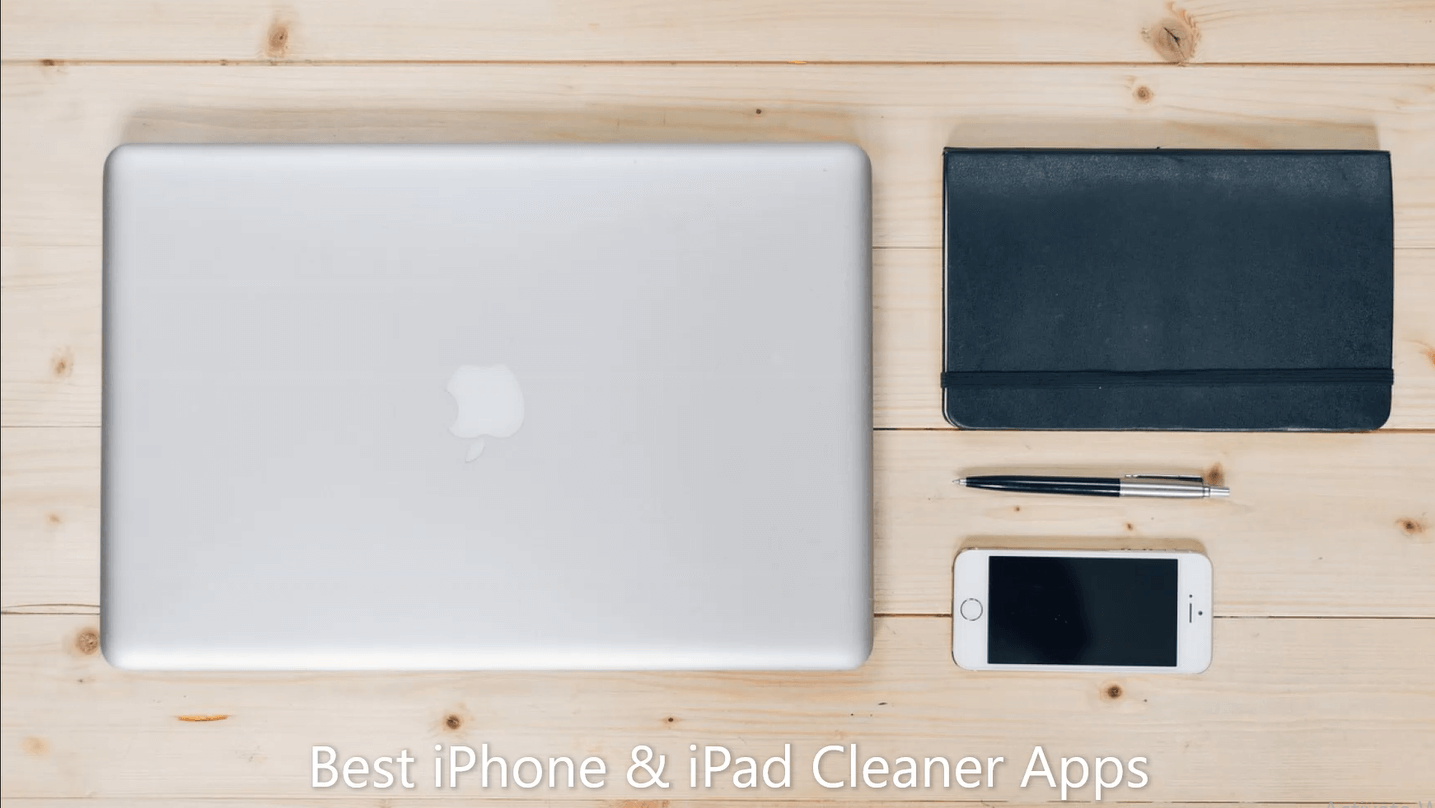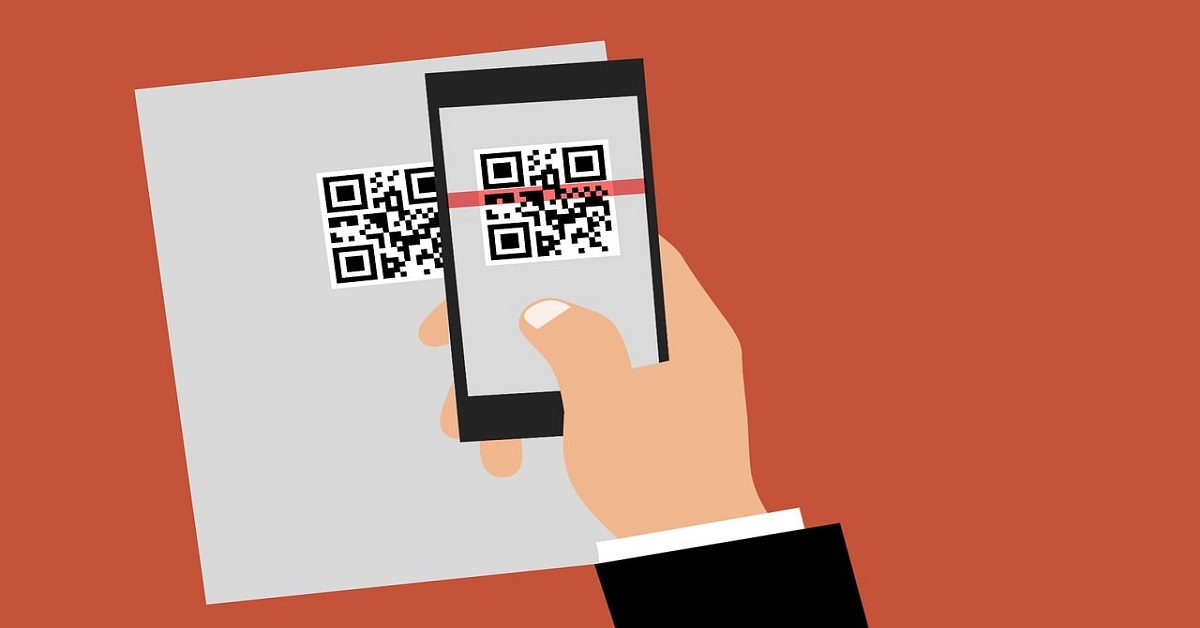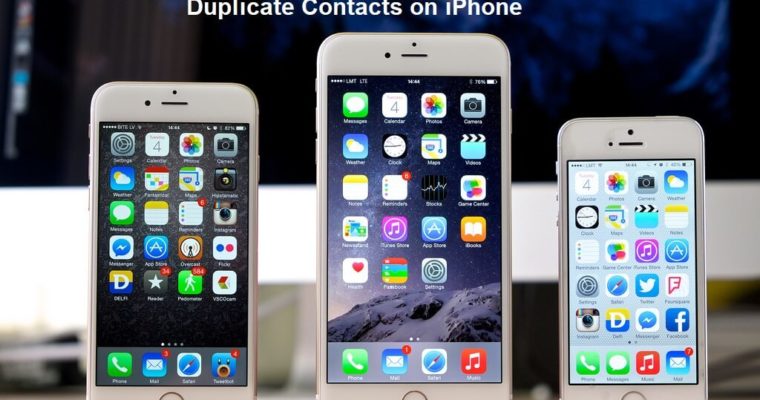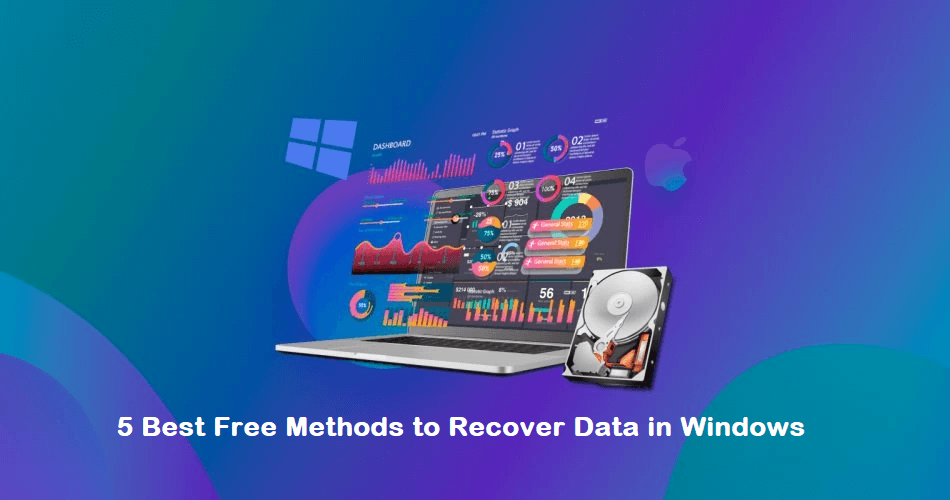How to Turn Your Phone and Computer into an At-Home Film Studio
If you have ever stared in wide-eyed wonder at a movie screen, you are not alone. For as long as movies have existed, there have been fans and dreamers who want to join the industry. You may not be able to go to Hollywood, walk into a studio, and say “give me a job,” but as technology advances, there are new opportunities to create by yourself.
Large tech companies offer applications and services that allow you to test the waters of filmmaking. You can use high-end filming equipment with a Sony a7 rental, and you can use a free trial of the Adobe suite to access video editing software.
You do not need to live in Los Angeles to start your movie-making career. Just follow this advice and you can have your very own film studio at home.
Recording Your Video:
The true first steps in any filmmaking process are to come up with an idea and write a script. While we cannot advise you on how to be creative and think up the next Oscar-winning screenplay, we can help you with the next part: filming your project.
Technology-wise, there are three significant parts of any filming set up: Camera, Lighting, and Audio. Your camera (and associated equipment) captures the actions, the lighting makes the performers visible, and the audio allows us to hear them. If you are using your cellphone as a camera, you automatically have a microphone on hand as well.
Camera:
Phone cameras have become more advanced as technology and demand has grown. With TikTok, Instagram, and YouTube, people are trying to create effective visual content, and they want a camera that makes them look good. Just like with professional cameras, there are lenses you can buy to improve your phone camera’s ability to capture footage. You can buy a powerful zoom lens to capture fine and far away details or a wide lens that increases the camera’s field of vision. Lenses vary in price but beginners can easily find a lens for less than $100.
Lighting
A good camera does not mean much if you do not have a good lighting set up. You want to make sure that you can see your subject in the frame, but that they are not too washed out. Think about what you are trying to convey during filming to figure out your lighting set up:
- A warm light, one that looks more yellow or orange, will add some color to their face, while a cold light, more white or blue, will make them paler.
- Lights on the side will create shadows, but may also add dynamic visuals to the subject.
- A light behind the subject will cast them entirely in shadow. This does not work for a confessional-style video, but might be an interesting effect for a mysterious character.
You do not need to break the bank finding advanced lighting equipment. A desk or table lamp may be exactly what you need to fill the lighting space. When in doubt, natural daylight is almost always the best lighting for a phone camera.
Audio
You can also get creative with how you use your cellphone. If you want each actor to be heard clearly, you can use the Voice Memos application on your phone to capture audio, then use that audio file in the editing process. If each actor uses their own phones as recording devices, it is like they have been personally miked up.
Professional filming equipment can get expensive, but there are plenty of options and alternatives that you can explore as an at-home filmmaker that will still give you a high-quality video.
Editing Your Footage:
When you are creating video projects, there is no such thing as the perfect take. Often you will find that different takes have different moments that you want to splice together. If you are ready to assemble your footage into the final project, then you need an editing program.
On Your Computer
If you have time to work on your project, you may be able to invest in studio software for your computer instead of keeping everything on your phone. The Adobe Creative Suite is full of apps specifically designed for video creation.
- Premiere: This is your basic video editing application. An easy-to-navigate set up allows you to import raw footage, stills, audio clips, and other materials for your video project into a materials dock. From there you can fill the timeline, cut down clips, and tweak sound as you develop your videos. Premiere has many preset effect abilities, but you will need to use other applications to get the full range.
- AfterEffects: The cousin of Premiere, these two apps are often used in tandem. While Premiere is best used for assembling the pieces, AfterEffects lets you enhance those pieces. Often referred to as Photoshop for videos, AfterEffects offers a broad array of design tools that allow you to do everything from adding sweeping text to a clip to changing the color of details in a frame.
- Audition: The sound editor. Audition lets you import, edit, and manipulate audio files to create a new sonic effect for your videos. Add reverb, remove stutters, warp pitch, and volume of your audio clips with specially designed effects and features available in this application.
Beyond the Adobe Suite, there are plenty of applications, websites, and services that can help you. Apple’s Final Cut Pro is a favorite of many film industry editors, and often they require Final Cut experience from job applicants. Vimeo is a video sharing site (more on that later) that also offers an easy video editing service that encourages creators to collaborate with their online peers.
On Your Phone
Since the social media landscape exists primarily on our phones, developers have created mobile applications that allow us to edit on the go. Anyone with an iPhone already has access to a video editing application: iMovie. Developed for nonprofessionals, iMovie offers basic editing features, plus it allows users to add titles, music, voiceovers, and minimal effects to their footage.
Adobe offers Premiere Pro Rush, a more simplified version of their desktop application, designed for new creators. Premiere Pro Rush also offers compatibility with the Adobe Creative Cloud so you can make quick edits to a project on your phone, then return to the desktop version of Premiere for substantial work.
If the editing process does not excite you as much as the filming process, freelance services like Upwork and Fiverr offer a collection of experienced workers who would love to collaborate with you.
Pro Tip: Always Save! Whether it’s Command + S, Ctrl + S, or a different shortcut on your keyboard, always remember to save your work. You do not want your computer to crash at the end of a two-hour work session to find that your progress has been lost. Even if you have AutoSave on, putting in the effort to press the save buttons will be a physical indicator for you that you have protected your work.
Ready to Go
After you finish your video project, make sure you have the right space to store it. Completed videos are usually more than a few Megabytes in size, and can take up space. A portable hard drive or a cloud service like Google Drive will usually have a lot of available space for you to keep the materials and the finished product.
Filmmaking may seem like a glamorous but unattainable dream, but rest assured that you do not have to be surrounded by movie stars to make your own movie. Programs and equipment are readily available to you, some of them you may already have. Whether it is a home movie or a science-fiction epic in your backyard, if you take this advice, you are on your way to creating your own filmmaking space.
Popular Post
Recent Post
How to Troubleshoot Xbox Game Bar Windows 10: 8 Solutions
Learn how to troubleshoot and fix issues with the Xbox Game Bar not working on Windows 10. This comprehensive guide provides 8 proven solutions to resolve common problems.
How To Record A Game Clip On Your PC With Game Bar Site
Learn how to easily record smooth, high-quality game clips on Windows 11 using the built-in Xbox Game Bar. This comprehensive guide covers enabling, and recording Game Bar on PC.
Top 10 Bass Booster & Equalizer for Android in 2024
Overview If you want to enjoy high-fidelity music play with bass booster and music equalizer, then you should try best Android equalizer & bass booster apps. While a lot of these apps are available online, here we have tested and reviewed 5 best apps you should use. It will help you improve music, audio, and […]
10 Best Video Player for Windows 11/10/8/7 (Free & Paid) in 2024
The advanced video players for Windows are designed to support high quality videos while option to stream content on various sites. These powerful tools support most file formats with support to audio and video files. In this article, we have tested & reviewed some of the best videos player for Windows. 10 Best Videos Player […]
11 Best Call Recording Apps for Android in 2024
Whether you want to record an important business meeting or interview call, you can easily do that using a call recording app. Android users have multiple great options too. Due to Android’s better connectivity with third-party resources, it is easy to record and manage call recordings on an Android device. However it is always good […]
10 Best iPhone and iPad Cleaner Apps of 2024
Agree or not, our iPhones and iPads have seamlessly integrated into our lives as essential companions, safeguarding our precious memories, sensitive information, and crucial apps. However, with constant use, these devices can accumulate a substantial amount of clutter, leading to sluggish performance, dwindling storage space, and frustration. Fortunately, the app ecosystem has responded with a […]
10 Free Best Barcode Scanner for Android in 2024
In our digital world, scanning barcodes and QR codes has become second nature. Whether you’re tracking packages, accessing information, or making payments, these little codes have made our lives incredibly convenient. But with so many barcode scanner apps out there for Android, choosing the right one can be overwhelming. That’s where this guide comes in! […]
11 Best Duplicate Contacts Remover Apps for iPhone in 2024
Your search for the best duplicate contacts remover apps for iPhone ends here. Let’s review some advanced free and premium apps you should try in 2024.
How To Unsubscribe From Emails On Gmail In Bulk – Mass Unsubscribe Gmail
Need to clean up your cluttered Gmail inbox? This guide covers how to mass unsubscribe from emails in Gmail using simple built-in tools. Learn the best practices today!
7 Best Free Methods to Recover Data in Windows
Lost your data on Windows PC? Here are the 5 best methods to recover your data on a Windows Computer.
